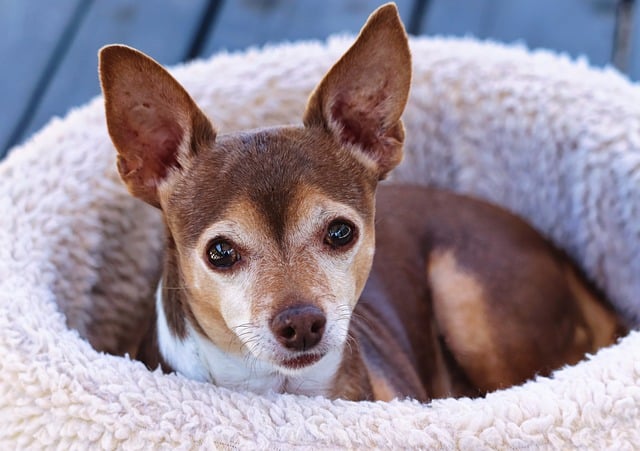
How can I tell if my dog's heatstroke is serious
Let’s be real: It’s a sticky August morning in Los Angeles, and you took your 2-year-old Golden Retriever, Max, for a walk a little later than usual
Watching a beloved dog grow old is a mix of joy and quiet sorrow. Those graying muzzles and slower steps hold a lifetime of memories, but as their bodies wind down, subtle shifts start to show. These changes aren’t always easy to spot, but knowing what to look for can help you cherish those final days—and make sure your pup feels loved every step of the way.
Appetite often wavers first. A dog who once scarfed down meals might pick at kibble, or turn up their nose at treats they adored. It’s not about being picky; their bodies simply need less fuel, and digestion slows. They might drink less too, so keeping fresh water nearby, maybe in a shallow bowl that’s easy to reach, can make a difference. Energy dips happen gradually, too. Long walks become short strolls, and napping takes up more of the day. You might notice them seeking out quiet spots—under the bed, near a sunny window—where they can rest undisturbed.
Changes in breathing or mobility can creep in. Joints that once bounded up stairs may struggle, so a gentle lift or a ramp can spare them discomfort. Some dogs breathe a little faster, or more shallowly, as their bodies work harder. They might also seem more clingy, following you from room to room, or conversely, want space. Both are normal; it’s their way of navigating what their bodies can’t put into words.
 Senses start to fade, soft as a dimming light. Their eyes might cloud over, and they may not react to sounds as quickly. That once-eager tail wag at the doorbell might slow, or stop altogether. It’s not that they don’t care—their bodies are conserving what little energy they have for the basics. Even grooming habits change; a dog who kept themselves spotless might let fur mat, too tired to lick their paws.
Senses start to fade, soft as a dimming light. Their eyes might cloud over, and they may not react to sounds as quickly. That once-eager tail wag at the doorbell might slow, or stop altogether. It’s not that they don’t care—their bodies are conserving what little energy they have for the basics. Even grooming habits change; a dog who kept themselves spotless might let fur mat, too tired to lick their paws.
These moments call for patience, and sometimes tough choices. Regular vet visits become even more important, not just to manage discomfort, but to ensure their quality of life stays intact. Local guidelines often emphasize humane care in a pet’s final stages, and working with your vet to balance comfort and dignity is part of being a responsible owner. Simple acts matter most here—warm blankets, favorite toys, the sound of your voice. They may not respond like they used to, but your presence is a comfort they recognize deep down.
Saying goodbye is never easy, but noticing these changes lets you honor their journey. Every slow blink, every heavy sigh, is a reminder of the love they’ve given. In those final days, what matters most is that they feel safe—loved, just as they’ve loved you, from that first wobbly puppy step to the last quiet breath.

Let’s be real: It’s a sticky August morning in Los Angeles, and you took your 2-year-old Golden Retriever, Max, for a walk a little later than usual

You're enjoying a summer afternoon at the park when you notice your dog has stopped panting and appears disoriented - their gums are bright red

Let’s paint the picture: You’re in your Denver apartment, watching your 4-year-old Boston Terrier, Ruby, plop down mid-play session with her favorite toy

Many dog owners notice their pets nails seem shorter after regular walks,but how much does this daily activity actually help?The answer depends on where you walk—concrete sidewalks or asphalt streets gently file nails as a dog's paws hit the ground

Most dog owners notice their pup scooting across the carpet at some point, but few connect it to impacted anal glands. These small sacs near a dog’s rectum secrete a scent for marking territory

Most vets agree that regular dog teeth cleaning is key to avoiding painful dental issues later. For healthy adult dogs, a professional cleaning at the vet’s office every 12 to 18 months usually works well.